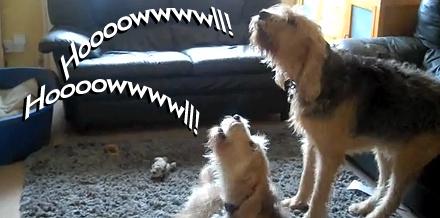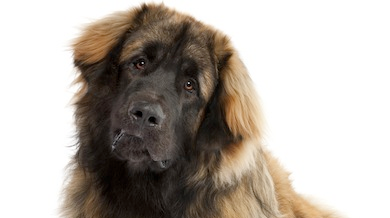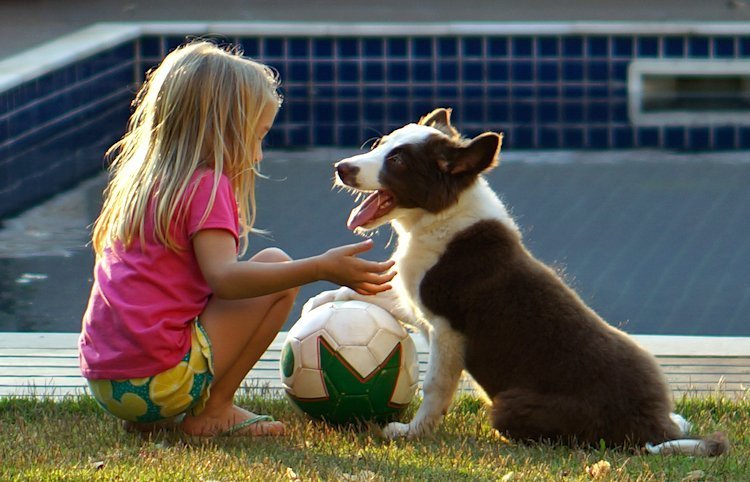Effective Dog Aggression Training Techniques to Prevent Aggressive Behavior
Discover essential dog aggression training tips to help prevent and manage aggressive behavior in your pet. Learn how to create a safer environment.
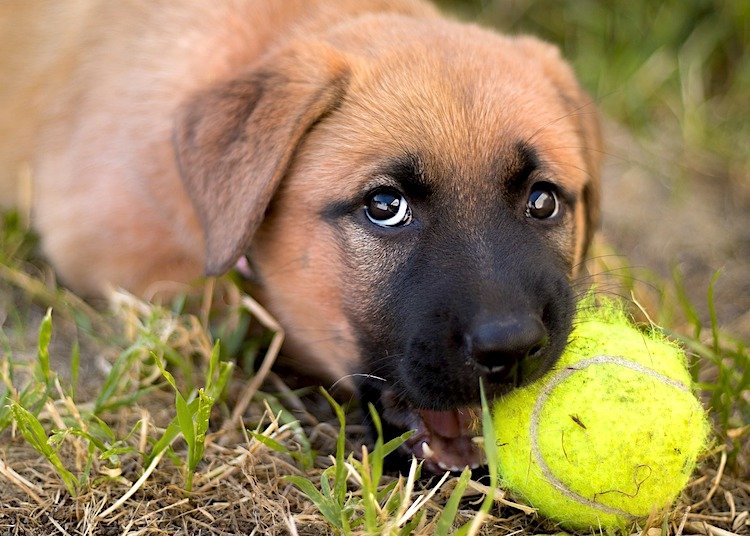
- Effective Dog Aggression Training
- Understanding the Origins of Dog Aggression
- How to Prevent a Dog’s Aggressive Behavior Toward Other Dogs
- How to Prevent Your Dog’s Aggressive Behavior Toward People
- How to Prevent Resource Guarding by Your Dog
- How to Prevent Your Dog’s Social Aggression
- How to Prevent Fear-Based Aggressive Behavior in Your Dog
- Final Thoughts on Preventing Aggressive Behavior in a Dog
- References
Don’t Guess When It Comes To Your Pet’s Care


Don’t Guess When It Comes To Your Pet’s Care
Effective Dog Aggression Training
Bringing a new dog home is an exciting experience, but unexpected aggressive behavior can be alarming. Understanding and addressing dog aggression is key to ensuring a safe and harmonious environment.
Common Types of Aggressive Behavior in Dogs
Aggression in dogs can manifest in various forms. Key areas to focus on in dog aggression training include:
- Dog-to-dog aggression
- Human-directed aggression
- Resource guarding
- Social aggression
- Fear aggression
Causes of Aggressive Behavior in Dogs
Effective dog aggression training begins with identifying the underlying causes, such as past trauma, lack of socialization, genetic predispositions, or medical issues. Addressing these factors is crucial for managing and preventing aggression.
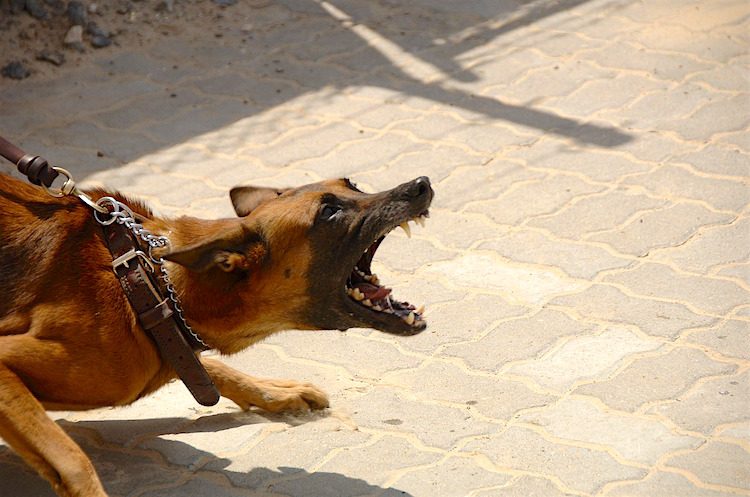
Understanding the Origins of Dog Aggression
Aggression in dogs can be either learned or inherited. All dogs inherit a certain level of aggression necessary for survival. Some dogs, due to chemical imbalances, instincts, or personalities, may have higher aggressive tendencies.
- Certain breeds are known to have more aggressive tendencies, though exceptions exist, and parentage plays a significant role.
- Traits leading to higher bite rates can also make some dogs excel in roles like military and police dogs if balanced with proper training.
While some aggression is genetically based, training is crucial. Even dogs with inherent aggressive traits can benefit from training to manage or counteract these tendencies.
- Conversely, dogs without inherent aggression can still develop aggressive behavior if they lack training or socialization, or if they experience trauma.
Regardless of the cause, effective dog aggression training can help prevent aggressive behavior in your dog.

How to Prevent a Dog’s Aggressive Behavior Toward Other Dogs
Dog-to-dog aggression is a common concern among pet parents. It can take considerable time and effort to address later in a dog’s life, so it’s most effectively prevented during puppyhood.
- Join a puppy training class: A high-quality puppy training class with moderated, off-leash play is crucial for preventing aggression issues later in life. Puppies learn essential social skills, such as bite inhibition and how to communicate proper social cues.
- Manage greetings: Many dog-to-dog aggression issues stem from traumatic experiences during puppyhood. Introduce your puppy only to well-behaved, patient adult dogs. Supervised interactions with kind and tolerant older dogs help puppies build positive associations.
- Seek help early: If your puppy shows signs of fear or aggression despite early socialization, don’t hesitate to seek professional help. Addressing issues during the key developmental periods of puppyhood increases the likelihood of overcoming aggressive tendencies.

How to Prevent Your Dog’s Aggressive Behavior Toward People
One of the most concerning and common types of aggressive behavior in a dog is human-directed aggression. This aggression can target anyone, or it may be directed toward specific groups, such as strangers, particular age groups, or even certain personality types. Preventing human aggression is most effective when addressed while the dog is young. Here are proactive steps to decrease or avoid this type of aggression:
- Ongoing socialization: A puppy class can prevent human-directed aggression by exposing your dog to a variety of people who offer treats and praise. Aim for your puppy to meet at least 100 different people before they reach 16 weeks of age. Bring treats to places like friends’ houses, parks, and pet stores, and allow people to feed your puppy while gently interacting with them.
- Handling exercises: To prevent dog bites, practice touching your puppy all over their body, using kibble or treats as positive reinforcement. Focus on areas like the ears, paws, and collar area, and continue these exercises occasionally into adulthood to maintain your dog’s tolerance of touch.
- Managing encounters: Ensure your puppy’s experiences with people are positive. Supervise interactions, especially with children, and teach kids to be gentle and respectful. Simple commands and games like fetch can help structure these interactions, making them enjoyable for both the children and the puppy.
Be cautious of potential risks. Make sure all participants in a puppy class are current on vaccinations, and be mindful of environments where your puppy could contract diseases like parvovirus or distemper. Avoid exposing your puppy to traumatic experiences that could lead to fear or aggression later in life.

How to Prevent Resource Guarding by Your Dog
Resource guarding is when a dog believes that an item or person belongs to them and tries to control who can interact with it. While the most common resource a dog guards is their food, they can also guard toys, bones, furniture, people, and other pets. Preventing resource guarding is best done early. Here are some effective strategies:
- Teach the “Drop it” command: Start by teaching your dog the “Drop it” command. Hold a treat against their nose and wait for them to release the toy. Once they do, praise and reward them with the treat. Practice this command regularly so your dog will respond well when needed.
- Reduce stress around meals: To prevent stress around food, associate your approach with positive experiences. For example, walk up to your dog while they’re eating and drop a tasty treat into their bowl. Continue adding food and tossing treats throughout the meal. This helps them associate your presence with good things rather than a threat to their food.
- Set consistent boundaries: It’s important to set boundaries early on. Avoid allowing behaviors like bed sharing, demanding attention, or getting on the couch if you don’t want them to continue as the dog grows. Teaching consistent boundaries fosters respect and can prevent resource guarding later on.
- Avoid creating fear: Avoid actions that might cause your dog to develop guarding behaviors. Don’t take away food or toys without offering something in return, as this can create stress and distrust. Additionally, avoid teasing or scaring your dog, especially around resources they might feel the need to protect.
For more information on addressing resource guarding, check out this detailed guide on solving resource guarding issues.
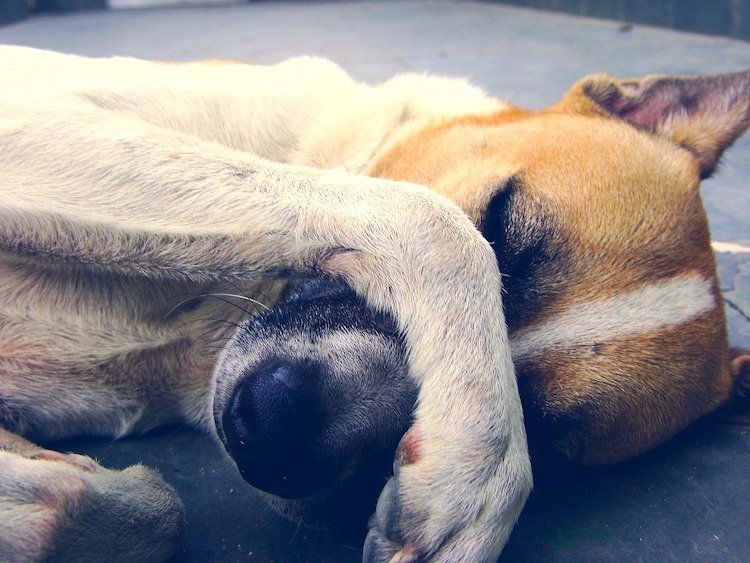
How to Prevent Your Dog’s Social Aggression
Social aggression is often associated with social order and interaction, particularly dominance and submission. Problems can arise when a dog is asked to do something they find unacceptable, especially if the request comes from someone the dog doesn’t respect or trust.
In dog training, respect is crucial, but it should be earned through consistency and calmness, not through alpha rolls and intimidation. A healthy level of respect can reduce your dog’s anxiety, make life more enjoyable, and prevent serious behavior issues that might lead to the dog being euthanized or rehomed.
Here are some ways to increase your dog’s respect for you:
- Work for life rewards: In dog training, treats and toys are great motivators, but over time, you can transition to using everyday life rewards like meal kibble, affection, and playtime. Have your dog earn these rewards by obeying commands such as “Down” or “Place.” This practice not only builds respect but also mentally stimulates your dog.
- Maintain consistency and follow-through: Consistency is key in dog training. Ensure that commands and rules are enforced consistently across all members of the household. This creates a stable environment where your dog knows what to expect and respects the boundaries set.
- Practice obedience regularly: Regular obedience practice, starting with basic commands, helps manage your dog’s energy and reinforces your leadership. Once basic commands are mastered, you can move on to more advanced tasks or tricks to keep your dog mentally engaged.
For dogs with high energy levels, it’s essential to combine physical activity with mental challenges to keep them balanced. By implementing these strategies, you can foster a strong, respectful relationship with your dog, reducing the likelihood of social aggression.

How to Prevent Fear-Based Aggressive Behavior in Your Dog
A significant amount of aggression in dogs stems from fear and suspicion. While exposing your pup to other people and dogs in fun ways is important, there are additional steps you can take to prevent fearfulness that could lead to aggression:
- Make new things fun
- Seek help early
Make New Things Fun
Consider the types of things your puppy will encounter as an adult. Will they need to tolerate balloons at birthday parties, obstacles on a hike, people in wheelchairs, holiday decorations, loud kitchen appliances, or water at the beach?
Dogs often react fearfully to things we consider normal, like a person in a wheelchair or a blow-up Santa in the neighbor’s yard. To prevent these fearful reactions, spend time taking your dog places and exposing them to various environments and objects. Bring treats and maintain a happy, confident demeanor to encourage your pup to feel the same way.
Avoid pitying or over-reassuring your puppy. Instead, show excitement about new experiences, give them time to explore on their own, and reward courageous or calm behavior. If something scares them, like another dog or a bicycle whizzing by, turn it into a positive experience by celebrating with treats and praise.
Seek Help Early
If your dog shows signs of fear or aggression that you can’t easily address with your own training efforts, don’t hesitate to seek professional help. Whether due to late socialization, genetics, trauma, or an unknown cause, the best time to address aggression and behavior issues is while the dog is young. The sooner the behavior is addressed, the better the chances of overcoming it.
Here’s a quick video from Dr. Lindsay Butzer, DVM, with a little more advice on what to do if your puppy is aggressive:
Final Thoughts on Preventing Aggressive Behavior in a Dog
Every dog is unique, with their own personality traits and behaviors. Early training and socialization are crucial in preventing aggression. Proper training can help manage, decrease, or even avoid aggression, even when genetics play a role.
- Some dogs are naturally social and easygoing, while others may be shy or prefer independence.
- Consistent training and socialization ensure that even naturally affectionate dogs maintain their positive temperament as they grow.
Dogs who have consistent training and great temperaments often get to experience more in life. They tend to be more secure, happier, and more involved in their families’ lives.
- Well-trained dogs enjoy a wider range of experiences and are more likely to be included in family activities.
Frequently Asked Questions (FAQ)
How much is dog aggression training?
Dog aggression training typically costs between $30 to $120 per session, depending on the trainer and location.
References
- Pierce, Jessica, PhD. “Understanding Aggression in Dogs.” Psychology Today. June 14, 2012. https://www.psychologytoday.com/us/blog/all-dogs-go-heaven/201206/understanding-aggression-in-dogs.
- Lambert, Jonathan. “Dog Behaviors Like Aggression and Fearfulness Are Linked to Breed Genetics.” Science News. Oct. 1, 2019. https://www.sciencenews.org/article/dog-breed-behavior-genetics.
- Maclean, Evan L., PhD, et al. “Highly Heritable and Functionally Relevant Breed Differences in Dog Behaviour.” Proceedings of the Royal Society B 286, no. 1912 (October 2019). https://royalsocietypublishing.org/doi/pdf/10.1098/rspb.2019.0716.
- Reusche, Sara, CPDT-KA, CVT, ANWI. “5 Tips for Traumatized Dogs.” Paws Abilities Dog Training. Aug. 25, 2014. https://paws4udogs.wordpress.com/2014/08/25/5-tips-for-traumatized-dogs/.
- “Developmental Stages of Puppy Behavior.” Progressive Animal Welfare Society (PAWS). https://www.paws.org/resources/developmental-stages-of-puppy-behavior/.
- “Aggression.” American Society for the Prevention of Cruelty to Animals. https://www.aspca.org/pet-care/dog-care/common-dog-behavior-issues/aggression.
- Stilwell, Victoria. “Fear Aggression.” Positively. 2014. https://positively.com/dog-behavior/aggression/fear-aggression/.
- “Disease Risks for Dogs in Social Settings.” American Veterinary Medical Association. https://www.avma.org/resources-tools/pet-owners/petcare/disease-risks-dogs-social-settings.
- London, Karen B., PhD. “Resource Guarding in Dogs: Solving This Troubling Problem.” The Bark. May 2020. https://thebark.com/content/resource-guarding-dogs-solving-troubling-problem.
- Karetnick, Jen. “Why Does My Dog Steal & Guard Objects?” American Kennel Club. Oct. 23, 2019. https://www.akc.org/expert-advice/training/resource-guarding-why-does-my-dog-guard-objects/.
- Pierce, Jessica, PhD. “Is Your Dog a Stress-Eater?” Psychology Today. March 27, 2018. https://www.psychologytoday.com/us/blog/all-dogs-go-heaven/201803/is-your-dog-stress-eater.



